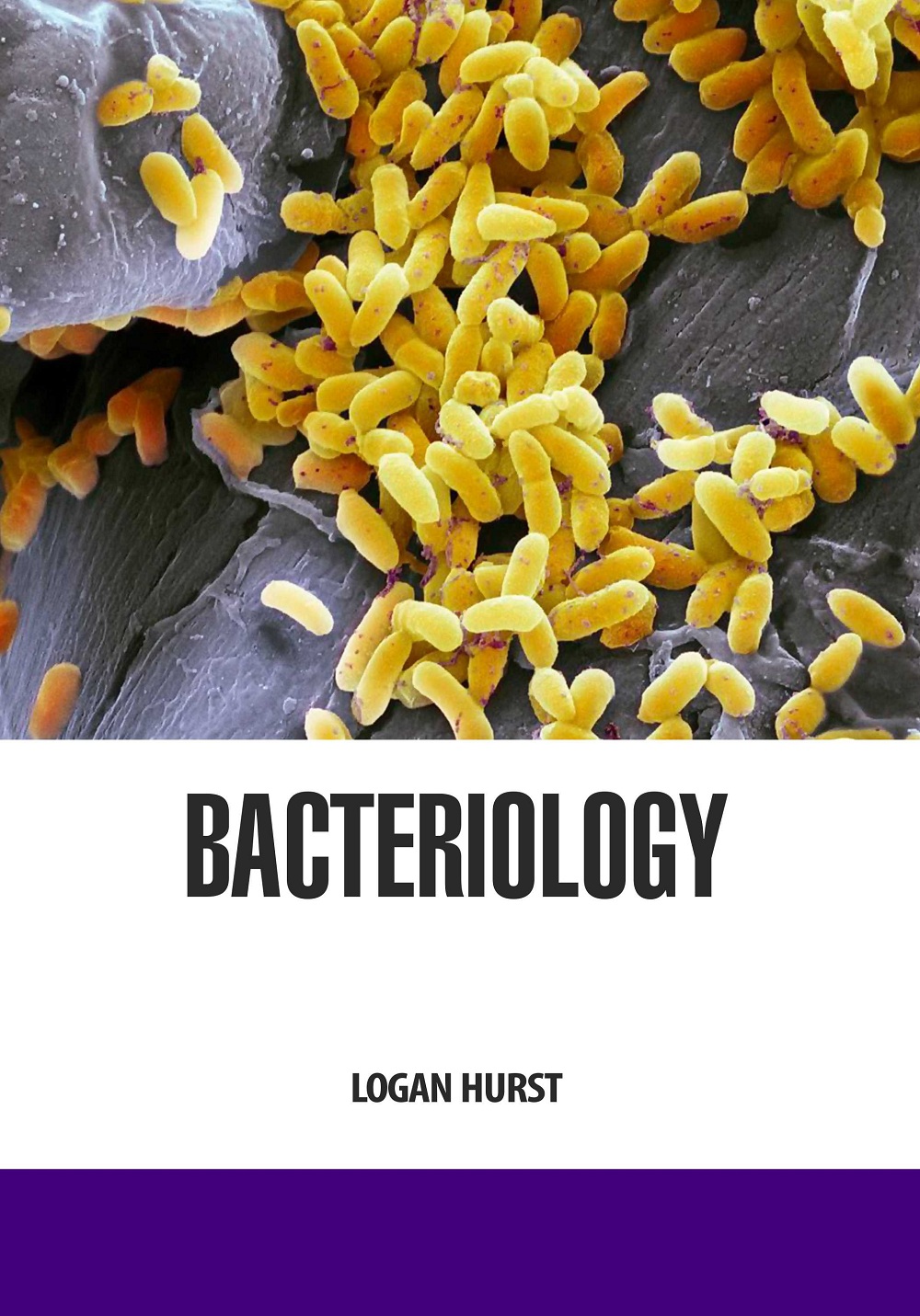Bacteriology Logan Hurst
- ISBN: 9781788821377
- Edition: 1st
- ©Year: 2020
- List Price : 165
About the Book
Bacteriology is the branch and specialty of biology that studies the morphology, ecology, genetics and biochemistry of bacteria as well as many other aspects related to them. This subdivision of microbiology involves the identification, classification, and characterization of bacterial species. A person who studies bacteriology is a bacteriologist. Bacteriological study subsequently developed a number of specializations, among which are agricultural, or soil, bacteriology; clinical diagnostic bacteriology; industrial bacteriology; marine bacteriology; public-health bacteriology; sanitary, or hygienic, bacteriology; and systematic bacteriology, which deals with taxonomy. Bacterial cells lack a membrane bound nucleus. Their genetic material is naked within the cytoplasm. Ribosomes are their only type of organelle. The term "nucleoid" refers to the region of the cytoplasm where chromosomal DNA is located, usually a singular, circular chromosome. Bacteria are usually single-celled, except when they exist in colonies. These ancestral cells reproduce by means of binary fission, duplicating their genetic material and then essentially splitting to form two daughter cells identical to the parent. A wall located outside the cell membrane provides the cell support, and protection against mechanical stress or damage from osmotic rupture and lysis. The major component of the bacterial cell wall is peptidoglycan or murein.This book is provides an excellent introduction to bacteria. In addition, it brings a first-rate general introduction to the subject for student whose courses include microbiology asa component. These include student of biochemistry, botany, zoology, medicine, pharmacy and agriculture, as well as food science, biotechnology, ecology and environmental science.
Contents: 1. Analysis of the Bacteria, 2. Morphology and Ultrastructure of Bacteria,
3. Bacteriology and Cell Walls, 4. Structure and Function of Bacteriology, 5. Cultivation of Bacteria,
6. Classification Methods of Bacteria.
Logan Hurst is an author of books associated with Microbiology and Food Science. He obtained his Ph.D. in Microbiology from National Technical and Research Foundation. He has worked with many national and international organizations in nation and abroad. His research includes studies of Veterinary Bacteriology, epidemiology and genetics in which he directed the studies of graduate students and published numerous Veterinary Bacteriology publications. He is a former Foreign Service diplomat. Although he still travels extensively for the State Department, he now spends most of his time writing for such magazines as Hemispheres, Biology, Microbiology, etc. Logan Hurst has been gone to many country for attending conventions and conferences ofVeterinary Science several times.

